Anti-lock braking system (ABS)
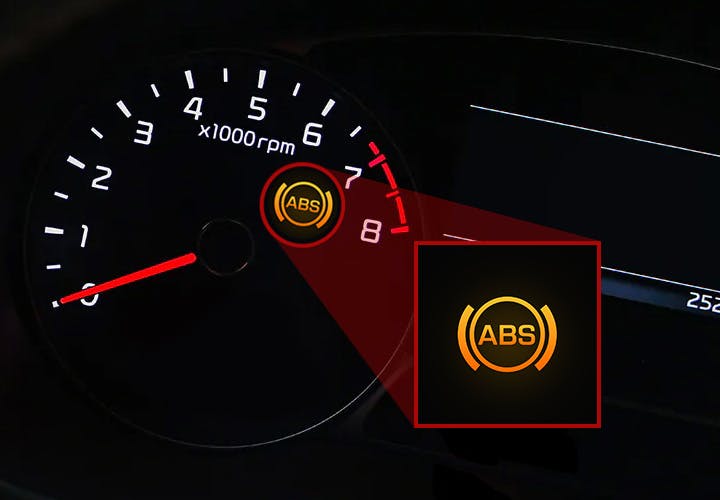
The anti-lock braking system (ABS - Anti-lock braking system) is a safety feature in motor vehicles that prevents the wheels from locking up (ceasing rotation) during braking.
ABS helps the driver overcome difficult situations and maintain traction with the road surface, especially when braking on slippery surfaces or emergency (hard) braking. The anti-lock braking system aims to improve vehicle safety by reducing the chance of skidding and loss of control.
Inhaltsverzeichnis
ABS history in brief
The concept of an anti-lock braking system dates back to the 1920s when French automotive engineer Gabriel Voisin developed a mechanical system to keep the wheels spinning while braking. However, it was not until the 1960s that British company Dunlop introduced ABS for aircraft.
In 1966, American automotive supplier Bendix Corporation developed four-wheel electronic ABS for automobiles, first installed on the 1969 Ford Thunderbird.
Over the years, ABS technology has continuously improved and become a standard part of most vehicles. For example, in the United States, ABS became mandatory for all new passenger cars in 2000, and in the European Union, it became mandatory for all new cars in 2004.
ABS system components
Some components are part of the vehicle, not necessarily the anti-lock braking system. However, this system actively uses them for its function. Thus, ABS usually consists of the following components:
Wheel speed sensors: These sensors monitor the rotation speed of each wheel and send this information to the ABS control unit.
ABS control unit: This electronic unit processes the information from the wheel speed sensors and determines when the wheels are locked. It then sends signals to modulate the brake pressure accordingly.
Valves are located in the brake line and regulate the pressure applied to each wheel. They can increase, maintain or decrease pressure as instructed by the ABS control unit.
Pump: The pump helps restore brake pressure in the brake line when the valves release it.
Brake System: ABS works with the vehicle's existing brake system, which consists of components such as the brake pedal, master cylinder, brake lines, calipers, and brake pads or shoes.
How ABS works
When the driver presses the brake pedal to apply the brakes, the wheel speed sensors detect any sudden reduction in wheel speed that could indicate wheel lock.
If the risk of wheel locking is confirmed, the ABS control unit intervenes by adjusting the brake pressure through the valves. Thanks to this modulation, the optimal brake pressure is necessary to prevent the wheels from locking, and, at the same time, effective braking is achieved.

The modulation process takes place in a series of fast pulsations, which the driver can feel as if the brake pedal kicks back. Don't panic; the brake pedal pulsations are a normal part of ABS operation and indicate that the anti-lock braking system works properly.
Advantages of the ABS system

An anti-lock braking system offers several benefits, including:
Better control: By preventing the wheels from locking, ABS allows the driver to maintain steering control during hard braking, which can prevent collisions or loss of vehicle control.
Shorter stopping distance: The anti-lock braking system helps reduce braking distance on wet or slippery surfaces by preventing wheel lock-up and maintaining traction.
Reduced risk of skidding: By modulating brake pressure, ABS reduces the likelihood of skidding during sudden or hard braking.
Better vehicle stability: ABS helps maintain vehicle stability when braking, which is especially useful in emergency situations or when driving on slippery surfaces.
Limitations of the ABS system
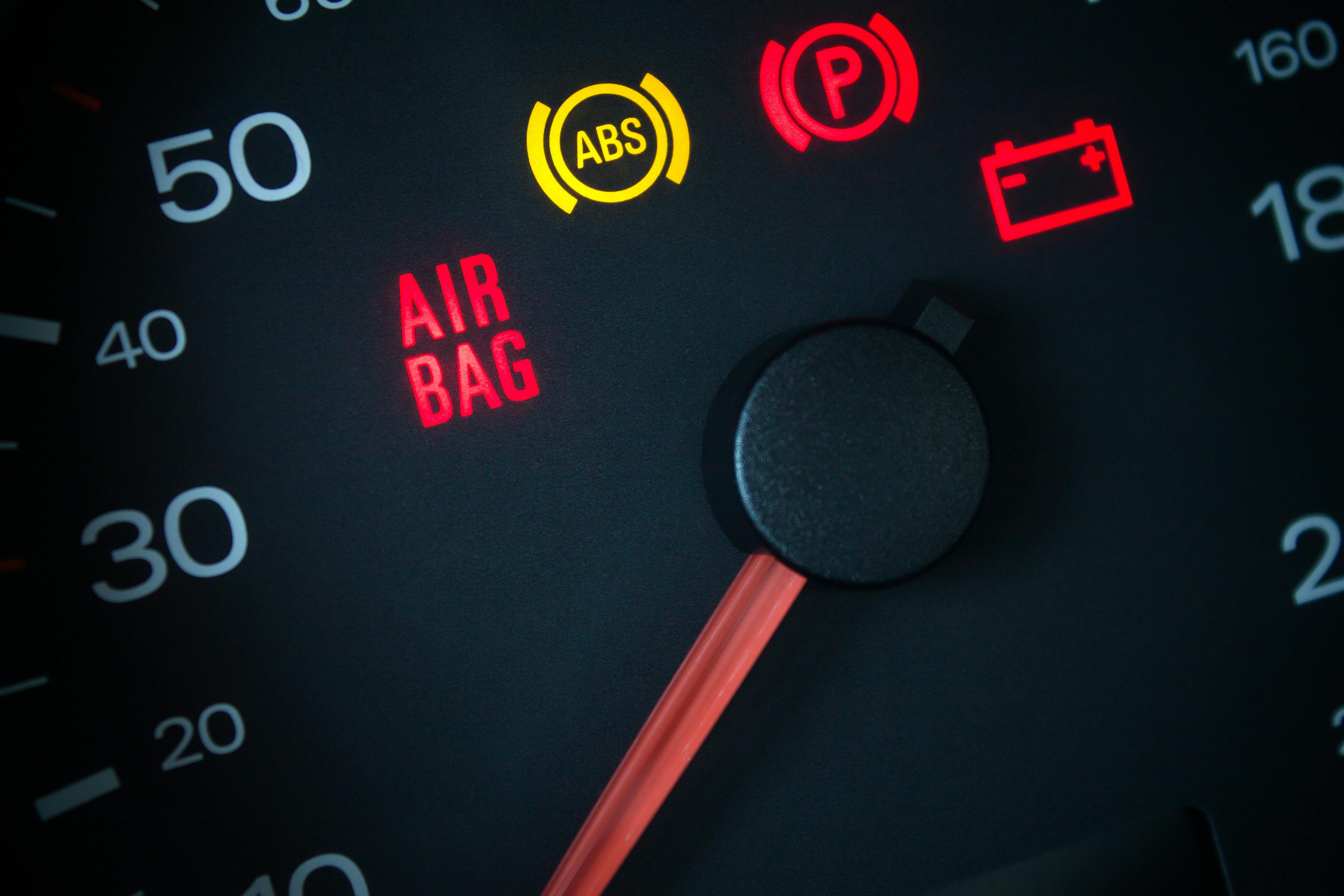
While ABS provides significant safety benefits, it is not without its limitations. Drivers should know that ABS does not always result in shorter stopping distances, especially on loose or uneven surfaces like gravel or snow.
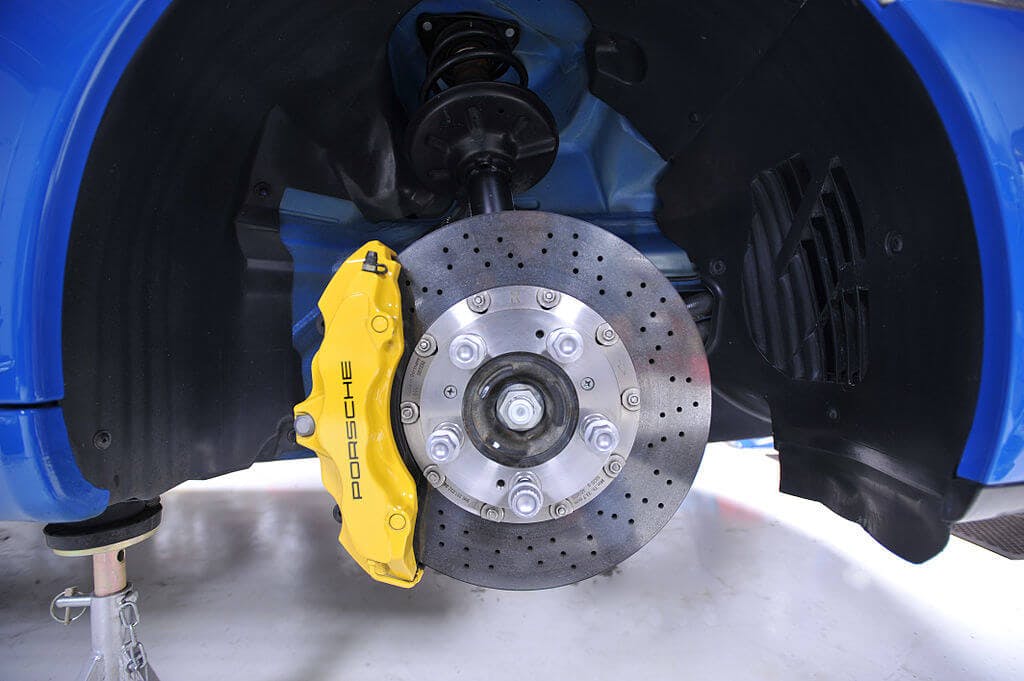
Car Braking System: How does it work?
In addition, the anti-lock brake system cannot compensate for bad driving habits or dangerous speeds. The driver should always keep a safe distance, drive at a reasonable speed and be careful in adverse weather conditions.
Traction control and ESC
While the primary focus of an anti-lock braking system is to prevent the wheels from locking during braking, modern vehicles often include additional safety systems such as traction control and electronic stability control (ESC). These systems cooperate with ABS and thus provide an additional increase in the safety and stability of the vehicle.

Traction Control: What should you know about it?
Traction control helps prevent wheel spin during acceleration, especially on slippery surfaces. When the system detects a loss of traction, it reduces engine power or applies the brakes to the spinning wheels, helping the vehicle maintain traction and avoid skidding. Traction control is useful when driving in wet, icy, or snowy conditions.

Electronic Stability Control (ESC) monitors the vehicle's direction and compares it to the driver's intended direction, as indicated by the angle of the steering wheel. If the system detects discrepancies between these two parameters, it brakes individual wheels or reduces engine power to return the vehicle to the intended track.
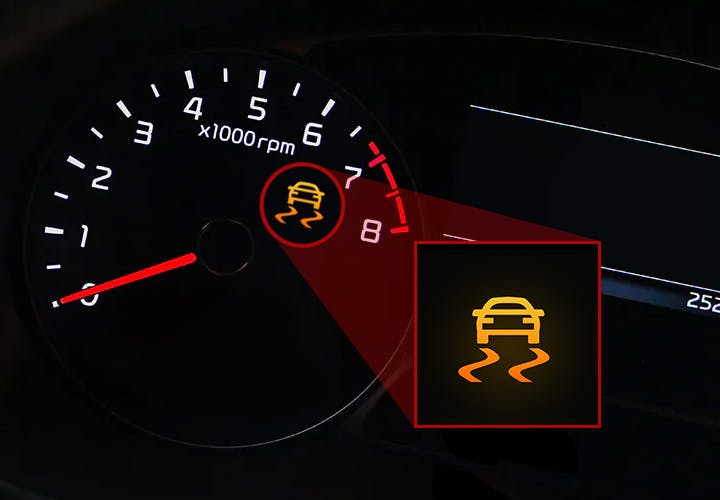
ESC system: How does the electronic stability control system work?
The ESC system is, therefore, useful when the vehicle is at risk of skidding or overturning, for example, during sudden evasive maneuvers or when driving through corners at high speeds.
Why is ABS banned in F1?
An interesting fact you may not have known about ABS is its ban on Formula 1 racing. In the early 1990s, several Formula 1 teams experimented with ABS systems in their racing cars in order to gain a competitive advantage on the track.
However, concerns over the increased complexity and weight of the cars, as well as the potential for unfair advantages, led the Fédération Internationale de l'Automobile (FIA) to ban ABS in Formula 1 in 1993. The ban remains in place today and also applies to traction control.
According to the federation, driving a vehicle equipped with these systems requires less skill. However, this ban is an example of the fact that performance comes before safety in motorsport.
FAQ - Questions and answers about ABS
Does ABS reduce braking distance under all conditions?
Answer: While an anti-lock braking system can help shorten stopping distances on wet or slippery surfaces, it may not always result in shorter stopping distances on loose or uneven surfaces such as gravel or snow. The primary function of ABS is to prevent wheel lock and maintain steering control during hard braking.
Can I still use the brakes if the ABS light is on?
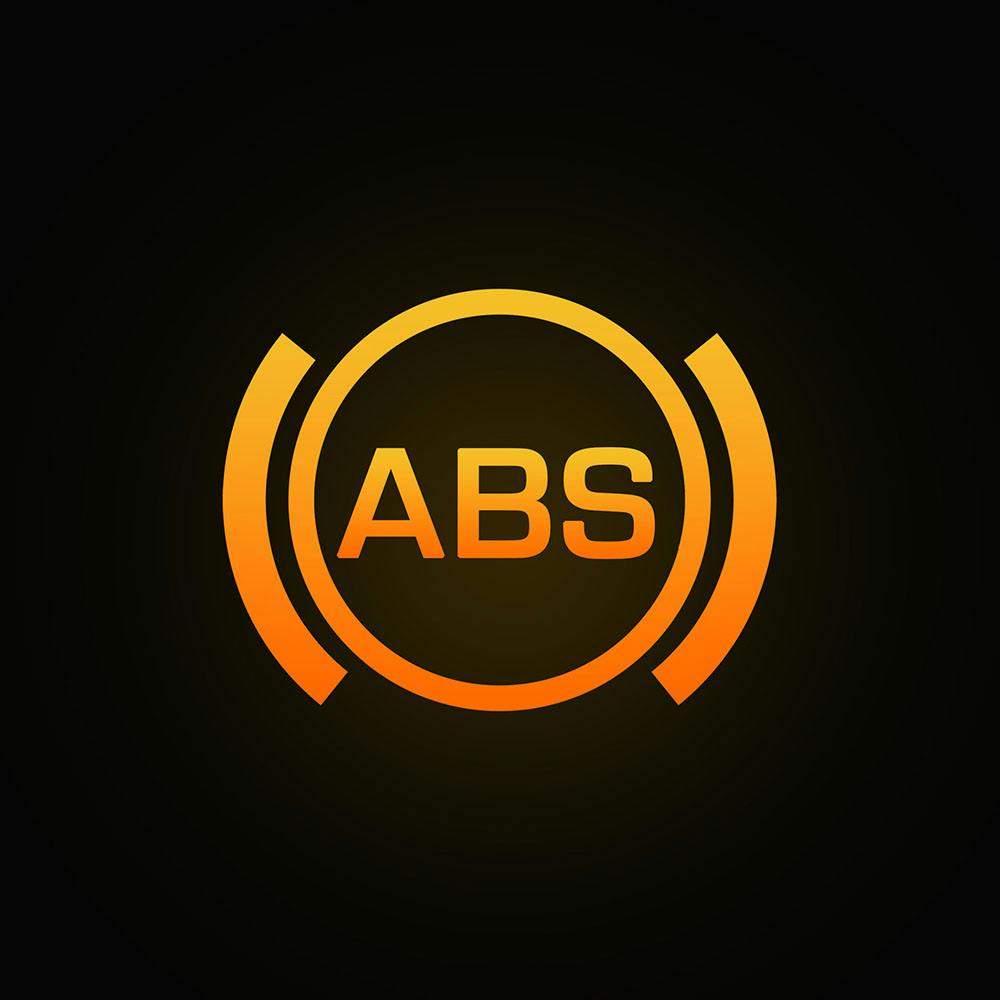
Answer: If the ABS warning light comes on, it usually indicates a problem with the system. In most cases, however, the vehicle's classic brake system will still work, thanks to which you can stop the vehicle safely.
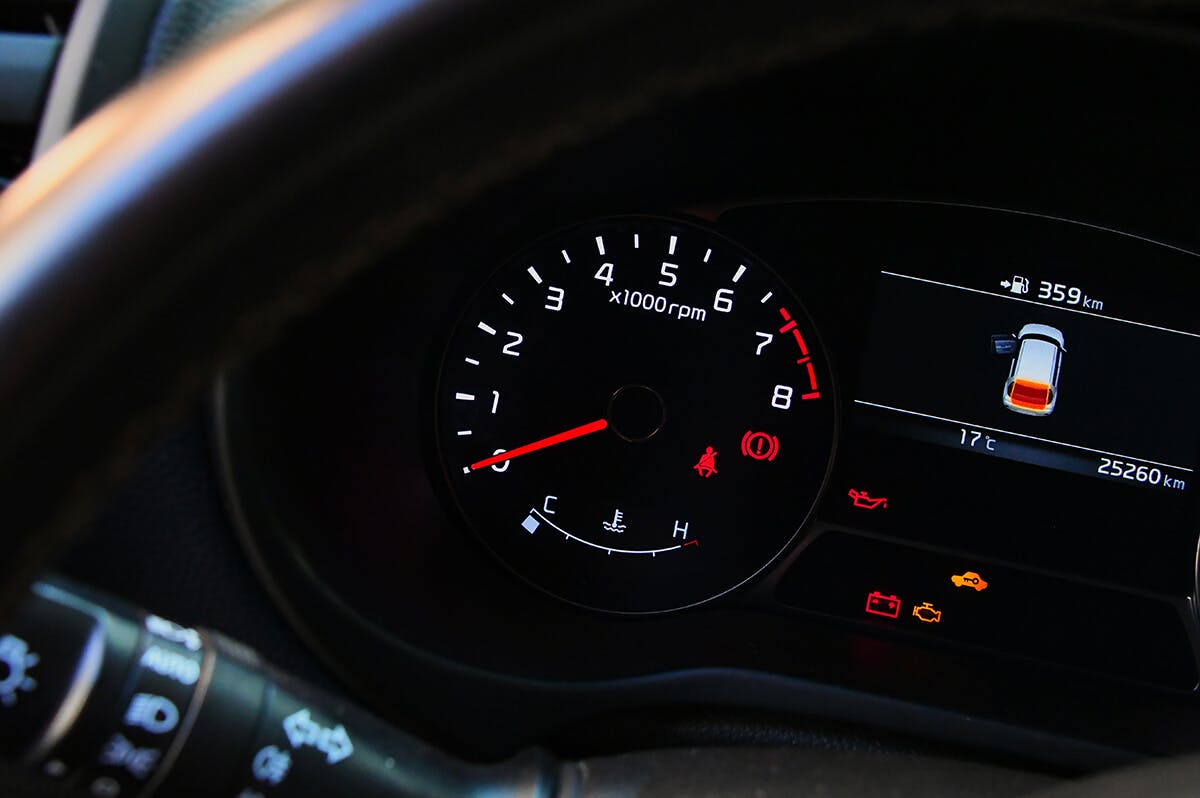
Car Dashboard Symbols: What do they warn about?
This system is one of the main elements of safety, so it is essential to fix the problem as soon as possible.
Can ABS cause the brake pedal to kick?
Answer: Yes, when the anti-lock braking system is actively preventing the wheels from locking, it rapidly modulates brake pressure, which can cause the brake pedal to kick (a pulsing sensation). This is a normal part of the operation of the ABS system and indicates that it is working properly.
Is it possible to retrofit ABS on an older vehicle that does not have it?
Answer: Retrofitting ABS on a vehicle not originally equipped with ABS can be a complex and expensive process that often involves significant modifications to the braking system and the installation of additional components. Although technically possible, it is generally not recommended due to cost, complexity, and possible complications during the assembly process.
Conclusion
In conclusion, it can be said that the anti-lock braking system is a basic safety feature of modern vehicles, which improves steering control and reduces the risk of skidding or losing control of the vehicle.